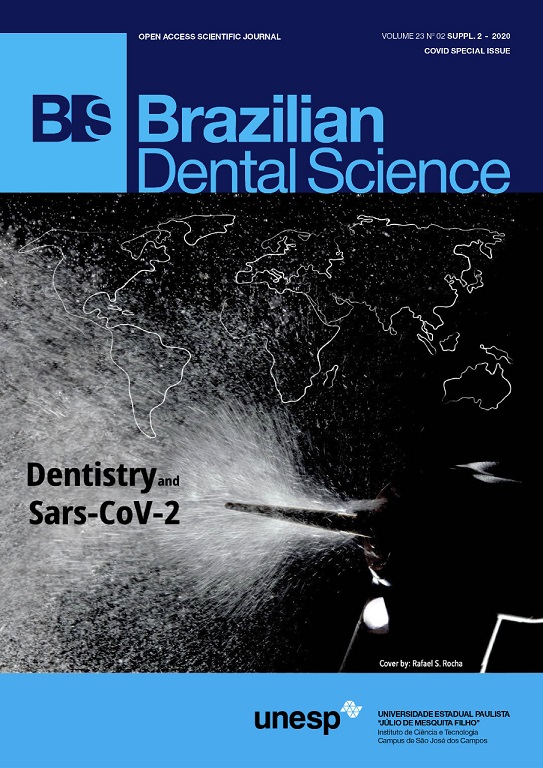Understanding SARS CoV-2 biology to win COVID-19 battle
DOI:
https://doi.org/10.14295/bds.2020.v23i2.2245Abstract
This review highlights the main findings on the biology of SARS CoV-2 and the strategies to combat COVID 19 pandemic. Since the initial outbreak in China on December 2019, the international scientific community joined efforts in an unprecedent public health battle. In late May 2020, 5 204 508 cases and 337 687 deaths have been reported by World Health Organization, with higher number of cases in Europe and Americas. SARS-CoV-2 was described as a novel variant from the coronavirus family and its genome was sequenced within a few months while COVID 19 quickly spread worldwide. The main cell receptor (angiotensin converting enzyme 2) was identified as involved in the invasion of host cells. As a result of the findings from cell biology, immunology and clinical studies, the pathogenesis of the virus started to be understood but it has been not fully elucidated so far. While a massive effort for the development of a vaccine is on course, preventive protocols for infection control have been proposed. Many studies on the discovering of effective therapeutic protocols have been developed, particularly on the redirection of already approved substances, but no gold standard treatment was established until now. An overview on the envisioned socioeconomic and politic impacts suggest that our society will be transformed after COVID 19 pandemia. As a result, deep changes in science, politics, socioeconomic and healthcare priorities shall appear in post-pandemia agenda.
KEYWORDS
Covid-19; Pandemic; SARS-CoV-2; Coronavirus.
Key-words: COVID 19, pandemia, SARS-CoV-2, coronavirus.
Downloads
Downloads
Published
How to Cite
Issue
Section
License
Brazilian Dental Science uses the Creative Commons (CC-BY 4.0) license, thus preserving the integrity of articles in an open access environment. The journal allows the author to retain publishing rights without restrictions.
=================




























